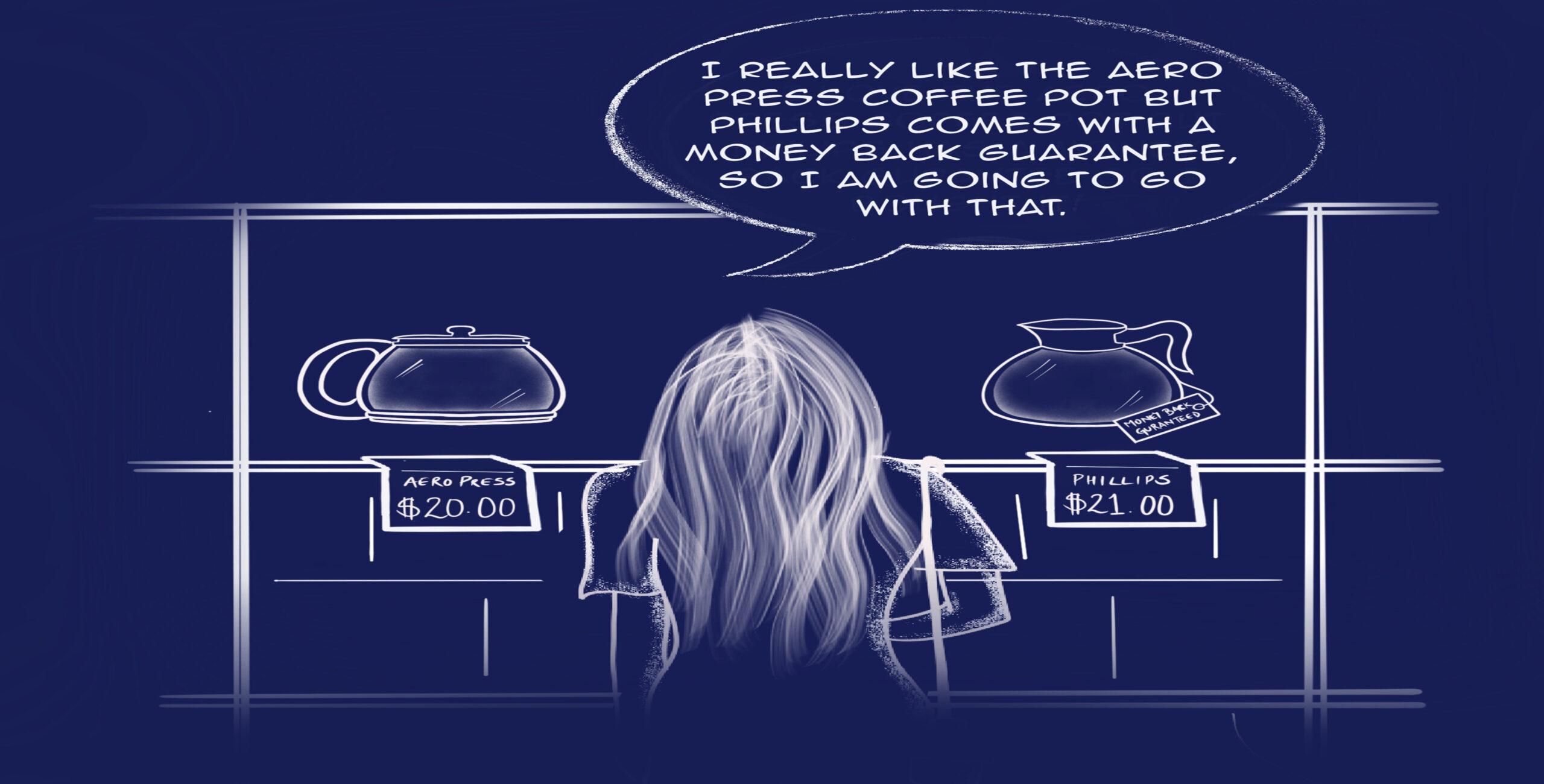Zero-risk bias is a cognitive bias that occurs when individuals prefer solutions or outcomes that offer no risk, even if the expected benefits of a riskier option outweigh the potential drawbacks. People tend to gravitate toward choices that guarantee safety, even when there is an opportunity for greater gain with some level of risk.
Explanations:
Zero-risk bias is rooted in the human desire for safety and security. People tend to avoid the uncertainty and potential negative consequences associated with risk, even if the overall outcome would be better with a more balanced approach.
Examples:
Investment Decisions: Investors may opt for low-risk, low-return investments, missing out on the potential for higher profits offered by riskier investments.
Medical Choices: Patients may prefer medical treatments with zero risk of side effects, even if they are less effective than alternative treatments with some side effects.
Business Strategy: Organizations may choose conservative strategies to avoid potential setbacks, foregoing opportunities for growth and innovation.
Solutions:
Risk-Benefit Analysis: Encourage the evaluation of risks and benefits in decision-making to make informed choices that balance potential drawbacks and advantages.
Education and Awareness: Promote awareness of zero-risk bias and its potential impact on decision-making to empower individuals to consider risk more rationally.
Financial Literacy: Provide education in areas like finance and investing to help individuals better understand risk and its role in achieving financial goals.
Mental Flexibility: Develop mental flexibility to consider a range of risk levels in decision-making and recognize that some level of risk is often necessary for progress.
Addressing zero-risk bias involves recognizing the natural inclination to favor zero-risk solutions and actively promoting risk-benefit analysis, education, and mental flexibility to make more balanced and informed decisions that consider potential benefits and drawbacks.
